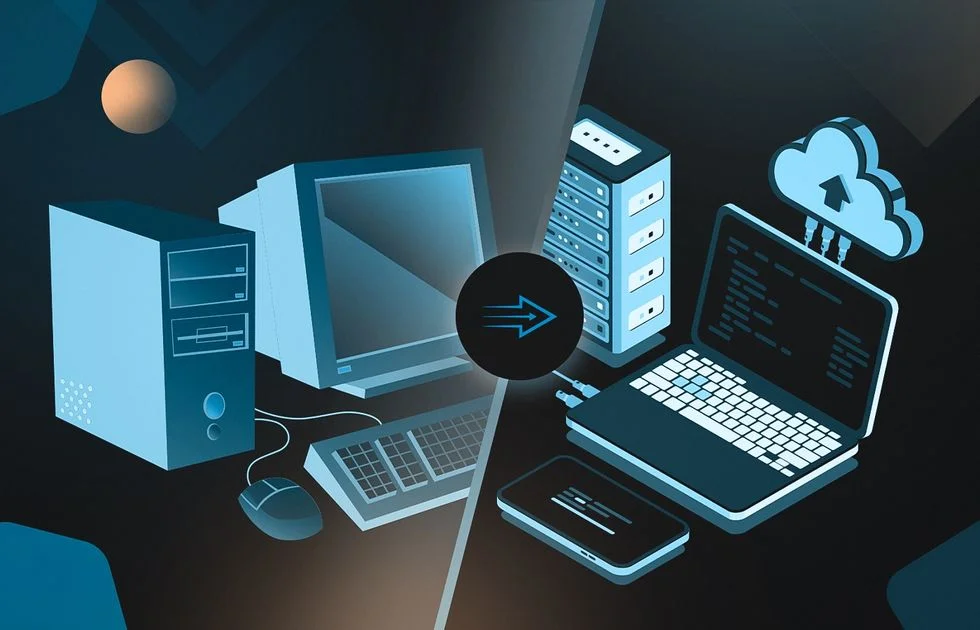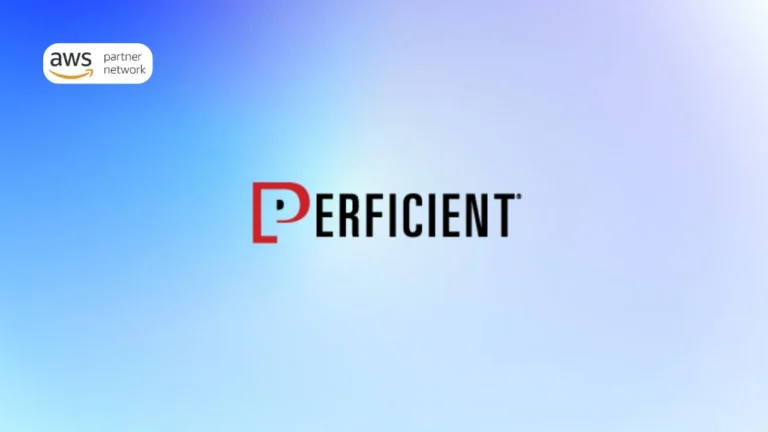
Technical Debt and Legacy Systems Blocking AI Adoption for Global Enterprises, Study Finds
Outdated legacy technologies are costing organizations their ability to innovate, draining resources, time, and potentially even customers. According to new research from Pegasystems Inc. (NASDAQ: PEGA), The Enterprise Transformation Company™, technical debt and an over-reliance on legacy systems are significant barriers to adopting transformative technologies like artificial intelligence (AI). The study, conducted in partnership with research firm Savanta, was unveiled at PegaWorld®, the company’s annual conference in Las Vegas. It surveyed more than 500 IT decision-makers across global enterprises to assess the challenges posed by technical debt and the progress of modernizing legacy systems.
The findings reveal that legacy systems are not just a nuisance—they’re actively stifling innovation and competitiveness. Two-thirds (68%) of respondents admitted that outdated systems and applications are preventing their organizations from fully embracing modern technologies. Furthermore, an overwhelming majority (88%) expressed concern about how technical debt impacts their ability to keep pace with more agile and innovative competitors. Nearly one-third (29%) described their concerns as either “clear” or “significant,” highlighting the urgency of addressing this issue.
Perhaps most alarming is the impact on customer experience. More than half (57%) of respondents acknowledged that their reliance on legacy systems is “likely” or “highly likely” causing customers to defect due to poor experiences. This underscores the growing disconnect between what businesses prioritize and what customers expect. With consumers increasingly demanding seamless, efficient interactions, legacy systems are proving to be a costly liability.
Legacy Dependency: A Persistent Challenge
The research highlights the pervasive dependency on legacy applications, despite their inefficiencies. Almost half (48%) of respondents admitted they cannot stop supporting their legacy systems because they remain business-critical. These systems are not just old—they’re ancient. Nearly half (47%) reported that their oldest legacy application is between 11-20 years old, while 16% are running applications that are 21-30 years old. Maintaining such outdated systems is not only costly but also diverts valuable resources away from innovation.
The High Cost of Legacy Ineffectiveness
Legacy systems are not just outdated—they’re ineffective. Two-thirds (68%) of respondents said these systems prevent their organizations from operating as efficiently as possible. Key issues include the excessive time spent on maintenance (44%), the siloed nature of disconnected systems, and the high cost of upkeep (both cited by 37%). Shockingly, only 7% of respondents felt that legacy applications caused no problems for their business whatsoever.
The inefficiencies extend beyond internal operations to customer-facing processes. Three-quarters (74%) of respondents agreed that their businesses prioritize investments that improve profitability over initiatives aimed at enhancing customer experience, such as modernizing legacy applications. This aligns with earlier Pega research among consumers, where 69% felt businesses were prioritizing profits over positive customer experiences in their IT investments. The consequences are evident: one-third (32%) of respondents reported that the average resolution time for customer queries has increased by 26-50% in the past year—a direct result of staff juggling multiple or outdated legacy applications.
The Real Cost of Technical Debt
While the financial burden of maintaining legacy systems is significant, the true cost of technical debt lies in its impact on customer experiences. Modern customers demand fast, seamless, and personalized interactions—expectations that legacy systems are ill-equipped to meet. As businesses struggle to keep up, they risk losing not only their competitive edge but also their customers.
“This study highlights how easy it is for enterprises to get dragged down by outdated systems that are unwieldy to use and resource-intensive to maintain—perpetuating an organizational culture of waste,” said Don Schuerman, Chief Technology Officer at Pega. “While the bottom-line cost to businesses is significant, the real cost of technical debt is its impact on the experiences that today’s customers both demand and deserve. It’s time for businesses to change their mindset, harness the power of generative AI through innovations like Pega Blueprint™, to enact fast, efficient legacy transformation, and free themselves from the vicious cycle of technical debt…before they lose their customers for good.”
Methodology and Key Definitions
Pega surveyed over 500 IT decision-makers worldwide, including respondents from North America, the United Kingdom, France, Australia, and Germany. For the purposes of the study, “technical debt” was defined as the implied, often intangible, cost of additional work or strain placed on the business due to outdated hardware, software, or technology platforms. These systems remain in use because of their critical role in business operations, despite challenges such as limited scalability, security vulnerabilities, high maintenance costs, and incompatibility with modern technologies.
Embracing Innovation to Break Free
The research makes it clear that technical debt is more than just an IT issue—it’s a strategic barrier to growth and innovation. Businesses must shift their focus from short-term profitability to long-term transformation. By leveraging cutting-edge solutions like generative AI and tools like Pega Blueprint™, organizations can accelerate the modernization of legacy systems, reduce technical debt, and create the agile, customer-centric experiences needed to thrive in today’s competitive landscape.




